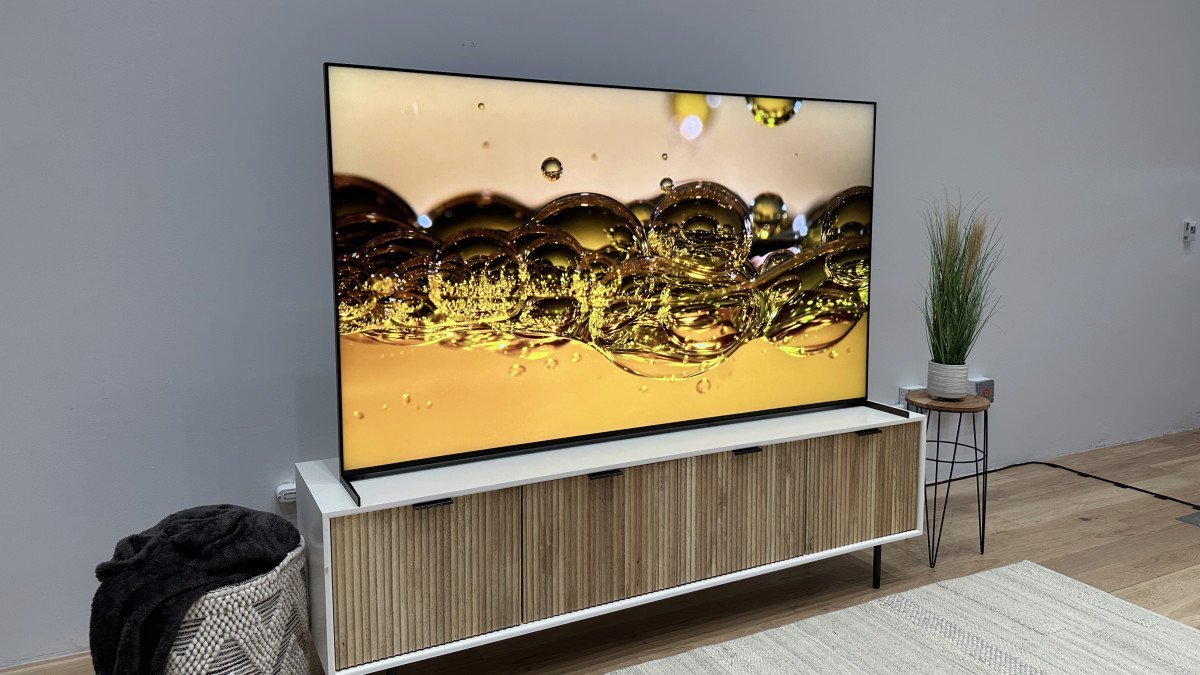TV brands and operating system makers including LG Electronics, Sony, Hisense and Google have announced a voluntary agreement to substantially improve the energy efficiency of TVs that are sold in North America.

While the European Union has a strict Energy Label rule that states TVs must specify their SDR and HDR power consumption and places limits on how much electricity they can use, the U.S. and Canada have no such legislation, Flatpanels HD reported.
So the companies have taken it upon themselves to ensure that a minimum of 90% of televisions sold in North America in 2026 will use no more than 2.0 watts of energy in standby mode. They have also committed to the development of additional on-mode power usage minimums within the next year. At the same time, they also plan to publicly disclose TVs’ energy efficiency information and ensure that third-party lab testing will be overseen by an independent auditor.
Given that many of the TVs sold in Europe also go on sale in the U.S., these goals should be easily achieved. However, Flatpanels HD reports that consumers in North America generally purchase much bigger TVs than their counterparts in Europe, and that these models tend to be much more power hungry.
News of the voluntary agreement follows a preliminary deal agreed in 2020 by LG, Samsung, TCL, Vizio, Hisense, Funai, the Natural Resources Defense Council, American Council for an Energy-Efficient Economy and Consumer Technology Association to create a universal test method for measuring TV energy consumption. LG, Sony, Hisense and Google TV are now announcing their intention to implement that agreement, and said they expect additional TV brands to sign up to the deal.
Once realized, the initiative will result in energy savings of around 58 TWh, saving consumers a combined $2.4 billion on their annual electricity bills. Meanwhile, it’s estimated that CO2 emissions will decrease by more than 10 million metric tons per annum.
"The agreement will also address the issue of standby power, which is a massive energy waster for some TVs, in some cases causing the annual electricity consumption to skyrocket,” said NRDC staff attorney Joe Vukovich. “More efficient TVs are good news for our climate too, as this agreement will result in an annual reduction of carbon emissions equivalent to the tailpipe pollution of about 2.1 million gasoline-powered vehicles."